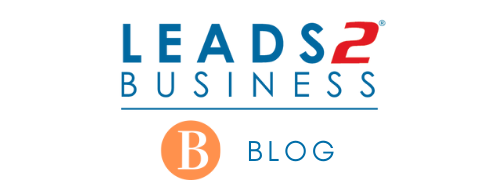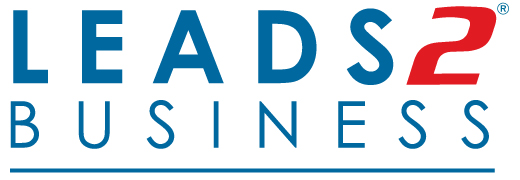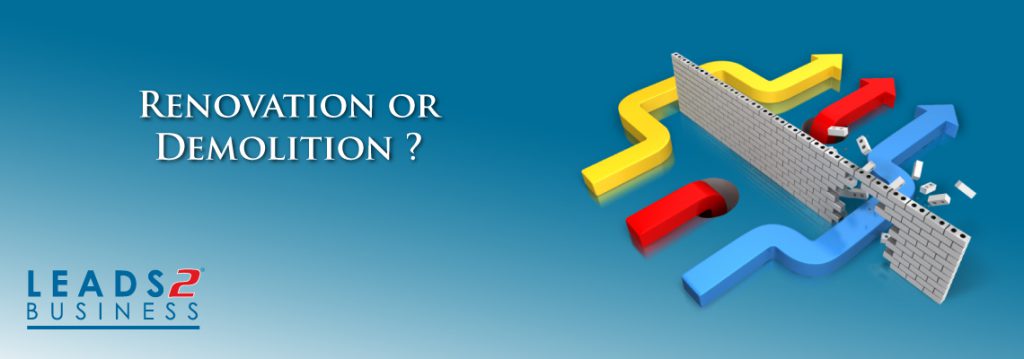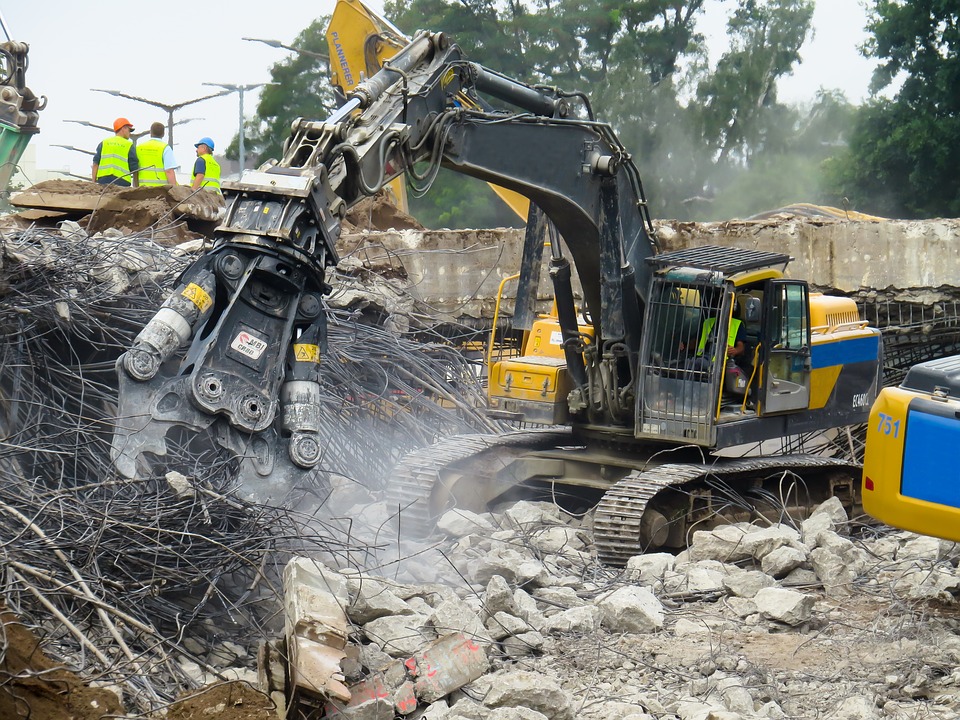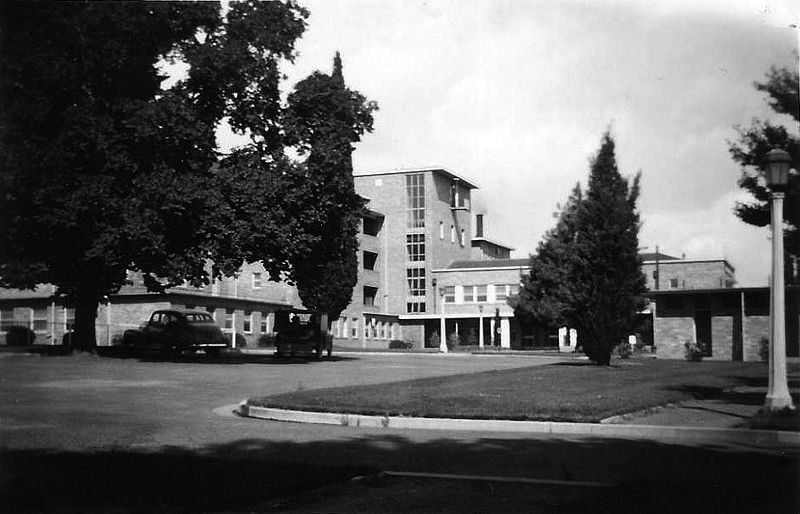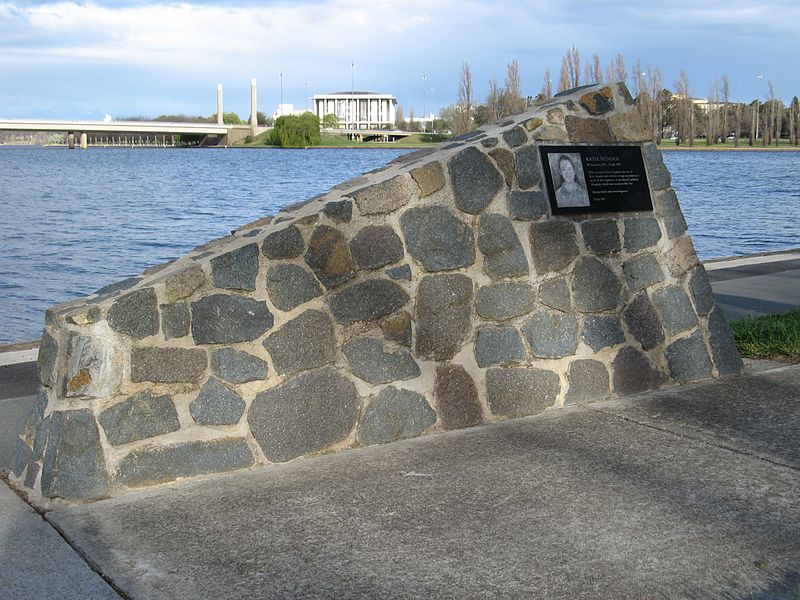
If you are anything like me then you probably associate the word “Estimate” with the word “Guestimate”, but that is not exactly what we are talking about when we mention “Project cost Estimates”. The difference between a “Guestimation” and an “Estimation” is basically the science and realism of it all. An estimation is based on actual historical cost data, and a defined Work Breakdown Structure (which is in all probability standardised across projects) as well as a systematic understanding of the types of cost associated with each aspect of the project. Whereas a guesstimate is purely derived by us placing our finger in the air to see which way the wind is blowing and then thumb sucking a huge guess- around about figure.

Estimates are all derived from actual real-life history data, drawn up from completed projects done in the past, basically the moral of the story here is “we live and we learn”. Successful estimators and project managers learn from past cost trends and use this knowledge together with a few project cost estimate techniques to accurately estimate the cost of projects.
Now you are probably asking yourself the next reasonable question- “What on earth do they start with and why?”
The answer is simple, they start with a reasonable understanding of what is expected and what they need to deliver. This includes all resource costs needed to complete the project successfully, efficiently and on time within a certain budget constraint. Why? Because let’s face it, when we ask someone for a price for a service or product, it can either go one of two ways. If we are given a ridiculously high price we will walk away and find our next victim and if we are given a ridiculously low price, many of us would jump at the bargain and insist they start right away, however, can you imagine doing work for free yourself? – Hell no.
Let’s break it down a little further:

Did you know there are three vital points to consider when estimating a cost of a project? Namely:
-Money: Yes! Money makes the world go around, and it is for that reason that you need to calculate your cost correctly, apply your markup, and present the total to your customer.
-Accuracy: We all severely dislike surprises that tend to come out of our pockets (and not go into them) so you have to ensure that there are no surprises when it comes to a pre-construction estimate and the final amount to be paid. This is where historical data plays a huge part if we know the price of a job we have done before and take into account appreciation over time as well as various market trends then we should not be too far off in our figures.
-Speed: The world is full of impatient customers, we want our estimates quickly. Customers will not wait weeks for their estimates. It’s survival of the fittest out there, and more and more companies understand the importance of a speedy delivery, therefore it is imperative you get your estimates out quickly, research shows that customers are more likely to go with one of the first two estimates they receive.
Okay so now we know what to consider when estimating, but how do we actually go about doing this estimating thing?
There are a few options available to us, I personally like to call them “New school” and ‘Old school”:

New school– We now have technology that can do this all for you. Yes, that’s right, the world has evolved! The amazing thing about technology is that it gives you the advantage of speed. We live in such a fast-paced society, technology is a huge advantage in any business.
All the software programs nowadays come with the standardised:
Takeoff tool: To assist us in the process of taking measurements from paper or digital plans.
Integrated cost databases: which use market available data, combined with your own data for cost estimating.
Calculations for estimates: This generates a worksheet that will show you exactly how the software got to the costs and what was taken into consideration.
Like any other online platform, it also comes with its own comments and notes section allowing you to personalise your estimates.

Old School– If you are a die-hard, hands-on type of person then this is the option for you. We haven’t fully erupted into the age of the machine. A lot of people still find the most success by going back to the basics.
There are 4 major techniques when it comes to cost estimates by hand.
Analogous Estimation: This technique also goes by another nickname “Top-Down Estimation”, and is primarily used when you have very little detail about the project, therefore it is a little less reliable than the others. In this technique, you will have to use experienced judgement to determine a cost estimate based on similar projects you have done previously.
Parametric Estimation: The only difference between Parametric and Analogous estimation is that Parametric estimation uses actual historical and statistical data to calculate a more accurate cost estimate
Three-Point Estimation: This technique is based on removing uncertainties while making estimate assumptions by having three possible estimates and then finding the average between the three and using that figure as the overall estimate.
Bottom-Up Estimation: This technique is the most used and is far more accurate, although more time-consuming. The cost of every single item and activity is estimated and then added to arrive at a total estimated figure.
So who wins, Technology or man?
Now we get down to the nitty-gritty of it all, who does it better? The answer is simple, we work well together. Working through a program has the advantage of speed, however it is just a program at the end of the day and cannot replace that age-old experience that a person would have, and on the other end of the spectrum a person cannot calculate as accurately and as quickly as the program can, therefore, hand in hand, they are an estimating force to be reckoned with, which means customers will receive accurate, efficient estimates in a timely manner.

Sources:
https://imgflip.com/memegenerator (Pictures)
https://blog.capterra.com/the-ultimate-guide-to-construction-cost-estimating/
https://galorath.com/blog
https://blog.planningproapp.com/estimate-project-cost/
https://www.markupandprofit.com/articles/basics-estimating
I joined Leads 2 Business in July 2017 as an Account Executive in Durban. My main focuses are sales and customer retention, I am extremely bubbly, fun and competitive.

